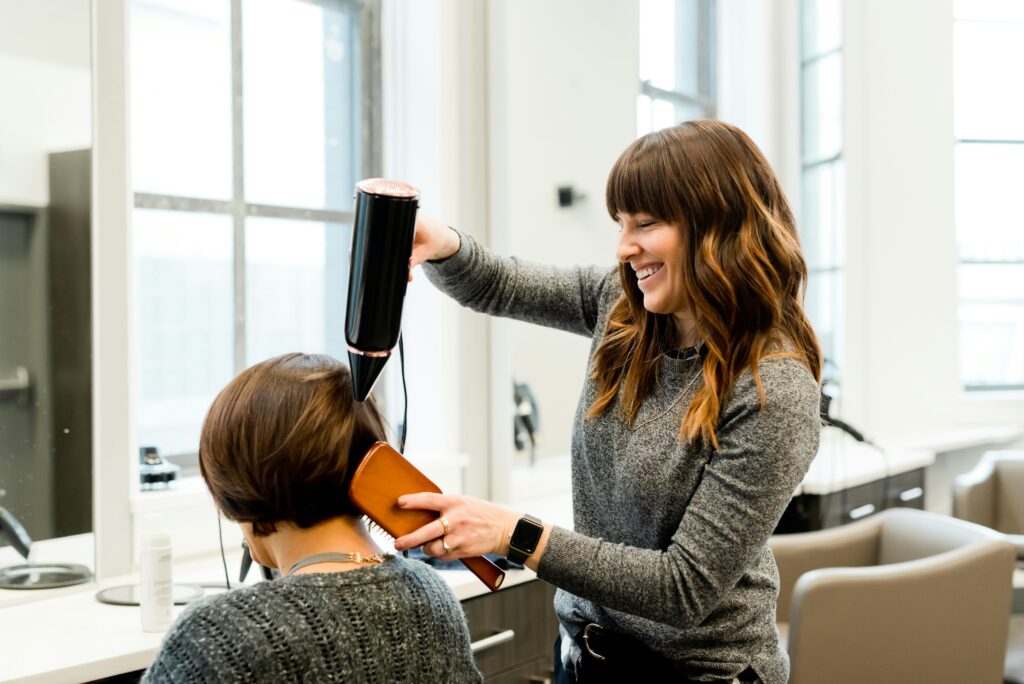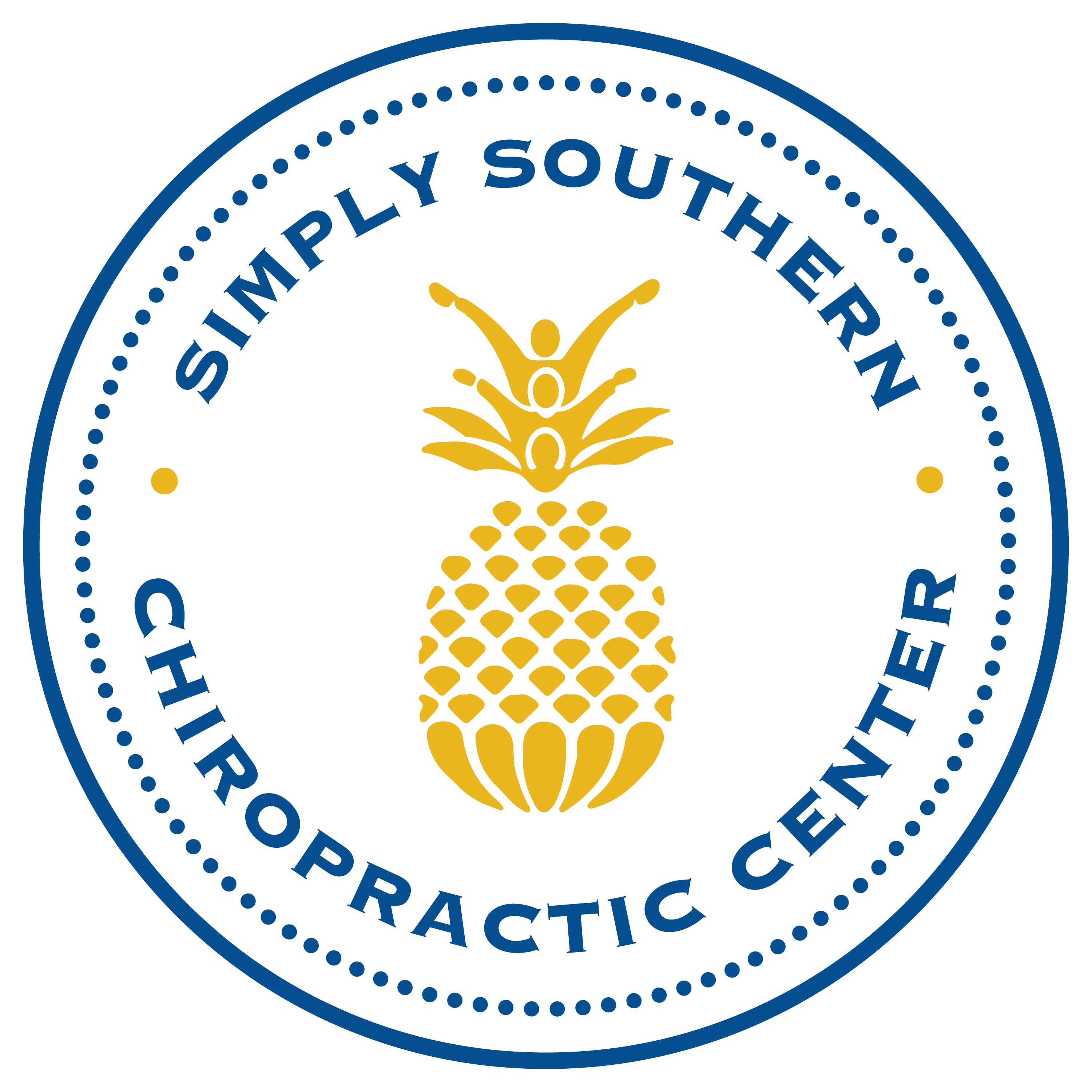
Key Points
•Some tools for keeping your spine and joints healthy at work include good supportive tennis shoes, a standing desk, a laptop stand with a separate keyboard to elevate your screen to eye level, and more.
•Neither sitting nor standing all day is beneficial for our spine and joints, we should all aim to both sit and stand throughout the work day, and take movement and stretch breaks.
•The most important thing with standing jobs is not to bend forward at the waist, which can cause lower back pain.
Table of Contents
- Mindfulness of our Spine and Joints at Work
- Why You Need to Protect Your Spine and Joints at Work
- If You Have a Desk Job
- How to Sit Correctly at a Desk
- If You Have a Standing Job
- Essential Tools for Good Posture at Work
- Stay Healthy and Pain-Free at Work
Mindfulness of our Spine and Joints at Work
Whether you work remotely or in the office, in a “white collar” or “blue collar” job, we all should be mindful of how we stand, sit, and move at work. There isn’t really one ideal job in terms of your spine and joint health — sitting all day at a desk isn’t ideal, but neither is being on your feet all day.
Whatever job you have, we have to be a little more intentional to protecting our spine and joints throughout the day. But once you’re conscious of your posture and movement habits at work, you can improve the wear and tear on your spine and joints and prevent serious injury.
Let’s review how you can protect your spine and joints at work, why it’s necessary, tips for standing jobs and desk jobs, and some tools to support your efforts to have good posture and alignment.
Why You Need to Protect Your Spine and Joints at Work
It might seem tedious or even unnecessary to have good posture and implement various techniques to protect our spine, joints, and lower back (a common area of complaint for most people). But it does make a difference in your long-term spine and joint health when you can take a few simple steps each day to protect these key structural components of your body.
Over time, it can mean the difference between having chronic pain or not, having degeneration in your joints or not, and even affecting how well you carry out basic daily tasks as you age.
Whether you’re at a desk all day or on your feet and moving, most jobs require some kind of repetitive movement that may put your spine and joints at risk. Alongside good nutrition and regular chiropractic appointments, we can take action to prevent injury and pain now — well before you feel any negative effects on your spine and joints.
If You Have a Desk Job
If you primarily sit at a desk and look at a computer screen all day, here’s what you can do to protect your spine and joints.
- If possible, get a standing desk and alternate between sitting and standing positions. Spend no more than an hour and a half in either position.
- If you are able to walk and work at the same time, a walking pad is also great to have under your desk so that you can move (even slowly) as you work. Walking is excellent for keeping the body in alignment and gently moving the spine and lower back.
- You can bring or keep a pair of tennis shoes at the office for standing if you find it more comfortable and supportive for your feet (instead of wearing heels, for example)
- Set a timer that you have to get up and turn off for alternating sitting and standing. You could set the timer on your microwave for example if you work from home. If you’re in the office, find a place where you can leave a timer where you have to physically get up to turn it off.
- If you’re working at home on a computer and you don’t have a standing desk but there’s a bookcase available, you can put the laptop on the bookcase to act as a standing desk. In this case, you’ll also need a Bluetooth-connected keyboard to place at typing height while the laptop should be at eye level.
How to Sit Correctly at a Desk
When sitting at a desk in front of a computer screen, we want to make sure we stay as aligned as possible. That means your back and neck are straight, engaging your back muscles and core to do so. Arms are bent at roughly 90 degrees to reach your keyboard. Wrists are also straight and lifted up off the desk, not bent forward or back. Shoulders are back, again engaging those back muscles as well as lifting the chest.
Your head and neck should also be straight and aligned over your shoulders, not leaning forward or back. We tend to lean forward slightly toward the screen, so you might actually feel like you’re leaning back a little bit in the proper position.
Your feet should remain flat on the floor, legs bent at 90 degrees. Crossing your legs over the knee can throw off your hips, but crossing at the ankle is fine. That’s it! Now just make sure to remember to get up and move at least once every 90 minutes if not more frequently, and alternate sitting and standing if possible.
If You Have a Standing Job
Most of us think of standing jobs as manufacturing jobs or other jobs with hard physical labor such as construction work, but many technical and professional jobs require long periods of standing as well. Teachers, pharmacists, hairdressers, mechanics, and many other professionals find themselves standing for long periods of time, and they need just as much ergonomic support as those with desk jobs.
If you have a manufacturing job where you’re doing the same repetitive motion all day, ideally you want to be alternating the side of your body where you do that motion to even out the stress. Depending on the strength involved, alternating sides can support the muscles too.
If you are standing in one place for a long period, you’ll want to peddle your feet as much as possible to circulate blood and lymph and keep your muscles active. Whether you’re sitting or standing, we’re always trying to prevent too much stagnation in the body. Another really important thing to keep in mind when standing is that we never want to be bending over at the waist, also known as inflection. Bending this way is what primarily causes low back pain. If you need to lower yourself you can try spreading your feet wider so that you make sort of a triangle shape, which can lower your torso down without bending at the waist.
Similar to sitting, we want to make sure our standing posture is as aligned and straight as possible — keep the shoulders back, ears over your shoulders, shoulders over hips. We don’t want to be hunched, so try to stand straight or even lean back slightly to compensate for forward-leaning posture.
Finally, anyone who stands all day could benefit from compression socks, to support good blood and lymph flow. Making sure your blood and lymph are flowing even indirectly helps support the lower back and other problem areas where pain is likely to develop over time.
Essential Tools for Good Posture at Work
Here are a few tools and items to invest in to support your spine and joints at work, for both sitting and standing jobs:
- Supportive ergonomic desk chair
- Laptop stand that raises your screen to eye level
- Padded wrist rest for keyboard/mouse
- Standing desk
- Walking pad
- Good tennis shoes
- Supportive insoles for work boots/shoes
- Compression socks
You can find all of these items at various price points depending on your budget, and don’t be afraid to replace them when they get worn out. For example, tennis shoes or supportive walking shoes, if you’re wearing them every day, should likely be replaced every 6-8 months or so to remain supportive for your lower back. We regularly send our patients to Fleet Feet (nationally located running shoe stores) to be fitted for correct tennis shoes. Finding shoes that fit helps both runners and non-runners alike!
Stay Healthy and Pain-Free at Work
As chiropractors, our goal is always to prevent injury and maintain a healthy body as you age, but ultimately it’s up to you to take action for your spine and joint health every day. We can all benefit from good posture habits and a work environment that is as conducive to our spine and joint health as possible.
Looking for reliable, safe chiropractic care in Greenville and Greer?
Schedule an appointment with us today!
